National Gallery of Kosovo

The National Gallery of Kosovo, established in 1979, is the country’s leading institution for contemporary visual arts. Located on the University of Pristina campus, the gallery occupies a former Yugoslav military barracks repurposed into a cultural venue. It showcases a dynamic programme of exhibitions by Kosovar and international artists, with a focus on post-20th-century art and socially engaged themes. The gallery has hosted renowned exhibitions such as the “Muslim Mulliqi” International Contemporary Art Exhibition and the “Gjon Mili” photography showcase. Despite challenges during the 1990s, when artists turned to alternative venues amid political repression, the gallery has remained a vital platform for creative expression. Its collection includes nearly 900 works, and it regularly publishes monographs and catalogues that document Kosovo’s evolving art scene. With free admission and a central location, the National Gallery of Kosovo serves as a cultural hub that fosters artistic dialogue, preserves national identity, and promotes Kosovo’s presence on the global art stage.
Pristina KosovaThe National Gallery of Kosovo is located at Agim Ramadani 60, within the University of Pristina campus, right in the city center. Established in 1979, the gallery is housed in a distinctive stone building originally constructed as a Yugoslav Army barracks and later adapted for cultural use. It focuses on exhibiting 20th-century and contemporary art, featuring works by both Kosovar and international artists, and regularly hosts major exhibitions such as the International Exhibition of Photography "Gjon Mili" and the "Muslim Mulliqi" International Contemporary Art Exhibition. The gallery’s central location places it close to key city landmarks, including the National Library of Kosovo, the University of Pristina, and Mother Teresa Square, all within easy walking distance. The vibrant city center, with its cafés, shops, and other cultural institutions, is nearby, making the National Gallery of Kosovo an ideal starting point for exploring Pristina’s artistic and cultural scene.
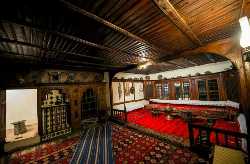 Ethnological Museum
Pristina
Ethnological Museum
Pristina
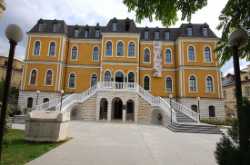 Kosovo Museum
Pristina
Kosovo Museum
Pristina
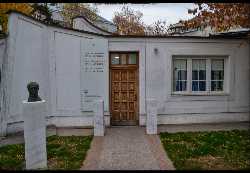 House of Independence Museum
Pristina
House of Independence Museum
Pristina
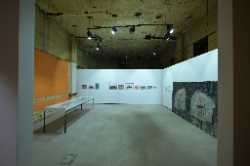 Center for Contemporary Art Prishtina
Pristina
Center for Contemporary Art Prishtina
Pristina
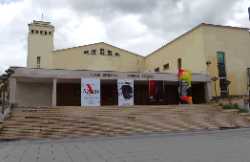 National Theatre of Kosovo
Pristina
National Theatre of Kosovo
Pristina
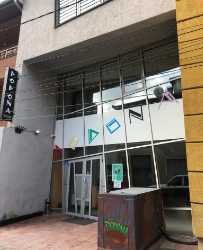 Dodona Theatre
Pristina
Dodona Theatre
Pristina
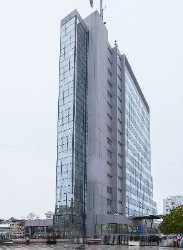 Government Buildings and Presidential Offices
Pristina
Government Buildings and Presidential Offices
Pristina
 Sahat Kulla
Pristina
Sahat Kulla
Pristina
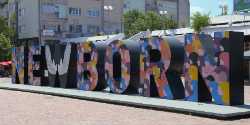 Newborn Monument
Pristina
Newborn Monument
Pristina
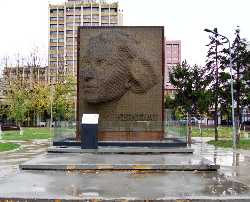 Heroinat Memorial
Pristina
Heroinat Memorial
Pristina
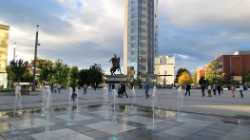 Mother Teresa Statue & Boulevard
Pristina
Mother Teresa Statue & Boulevard
Pristina
 Germia Park
Pristina
Germia Park
Pristina
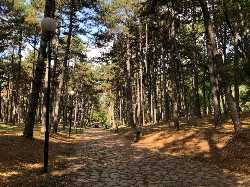 Parku i Qytetit
Pristina
Parku i Qytetit
Pristina
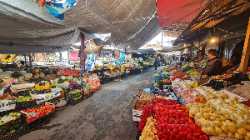 Old Green Market
Pristina
Old Green Market
Pristina
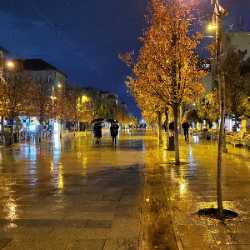 Mother Teresa Boulevard
Pristina
Mother Teresa Boulevard
Pristina
 Imperial Mosque
Pristina
Imperial Mosque
Pristina
 Cathedral of Saint Mother Teresa
Pristina
Cathedral of Saint Mother Teresa
Pristina
 National Library of Kosovo
Pristina
National Library of Kosovo
Pristina
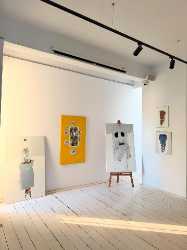 Galeria Qahili
Pristina
Galeria Qahili
Pristina
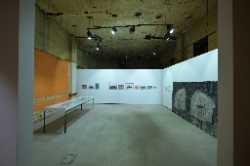 Stacion
Pristina
Stacion
Pristina
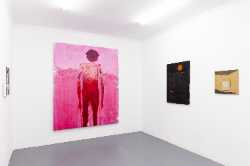 LambdaLambdaLambda
Pristina
LambdaLambdaLambda
Pristina